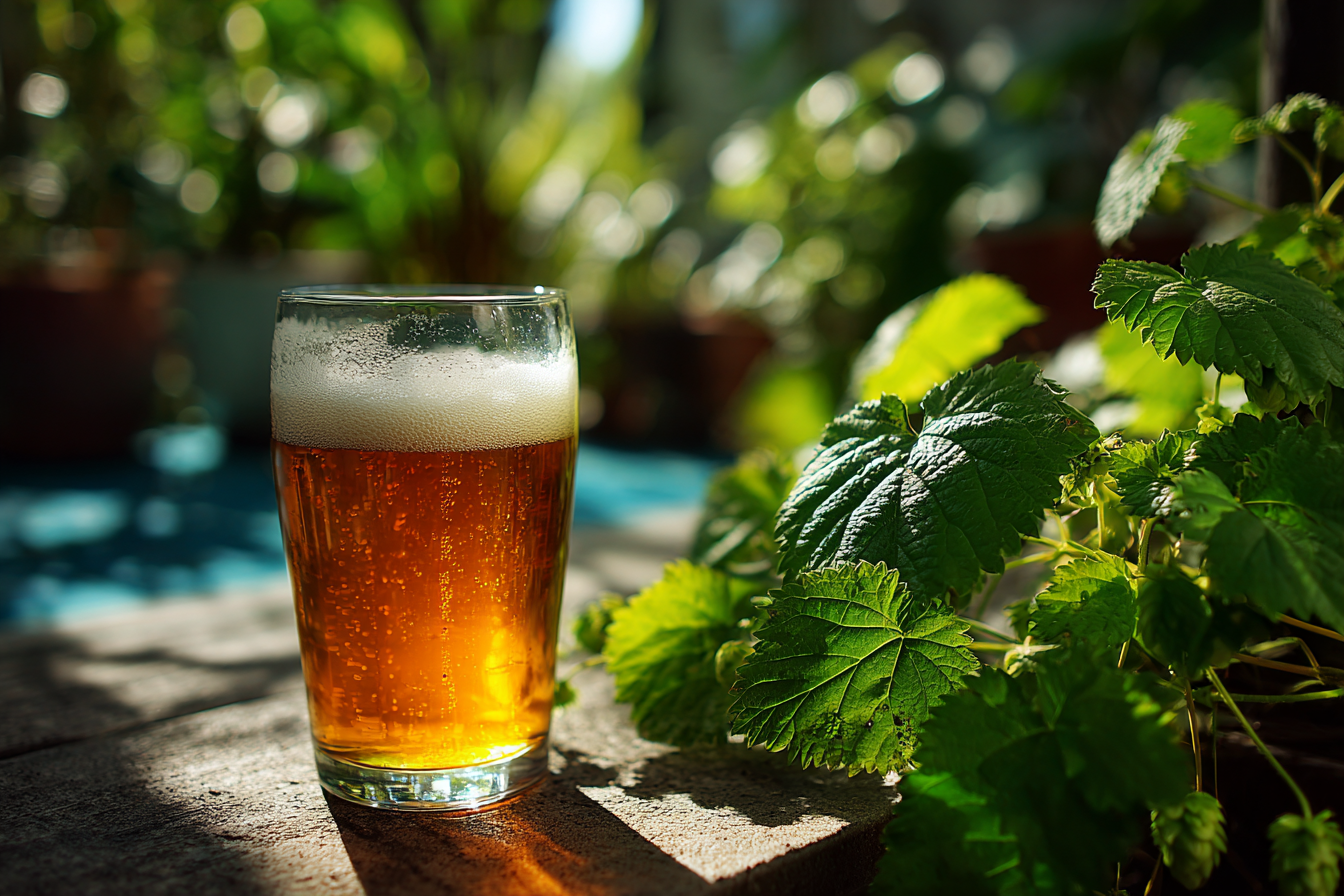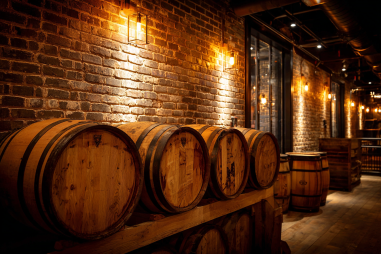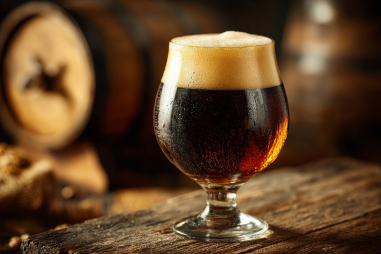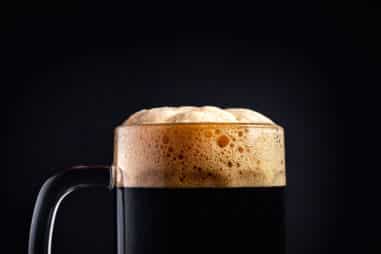When exploring the vibrant world of craft beer, American Pale Ale (APA) stands out as a versatile favorite for many beer enthusiasts. Celebrated for its balanced blend of malt and hops, APAs offer a refreshing and approachable drinking experience that caters to both casual drinkers and connoisseurs. Understanding the key characteristics that define an APA helps appreciate what makes this beer style so unique and enduring in the competitive craft beer landscape.
Introduction to APA Style
American Pale Ale originated from the broader pale ale category, evolving distinctly in the United States during the late 20th century. Brewers sought to develop a beer with a noticeable hop character while maintaining balance with a firm malt backbone. Compared to its British cousins, which often feature earthier and more restrained hop profiles, American Pale Ales tend to showcase vibrant, citrusy, and piney American hop varieties such as Cascade and Centennial. This distinct hop presence paired with moderate malt sweetness has cemented the APA as an accessible yet flavorful style.
Appearance and Color Range
APAs generally present a clear to slightly hazy appearance, with colors ranging from pale gold to deep amber. The color intensity often depends on the malt bill used by the brewer, but typically it stays within lighter ranges compared to darker beer styles. A healthy, frothy white head is common, providing both aesthetic appeal and aromatic lift. This golden to amber hue invites drinkers to anticipate the balanced flavor profile that lies within.
Typical Aroma Notes
One of the defining features of an American Pale Ale is its aromatic complexity. The hop aromas are bright and inviting, often bursting with citrus fruits like grapefruit, orange, and lemon, complemented by piney, floral, or resinous undertones. Depending on the hop varieties and usage, some APAs may also carry subtle tropical fruit or earthy notes. Underlying this hop character, the malt aroma offers mild sweetness reminiscent of bread, biscuit, or caramel, contributing to the overall balance and depth.
Flavor Profile Including Malt and Hop Balance
The flavor profile of APA strikes a notable balance that differentiates it from its hoppier cousin, the India Pale Ale (IPA). While IPAs often push the hop bitterness and intensity to the forefront, APAs tend to integrate hop flavors alongside a solid malt backbone. The malt contributes to flavors of toasted caramel and biscuit, which soften the sharpness of the hops, creating an approachable yet flavorful taste experience.
On the hop side, expect a prominent but not overwhelming character—citrus and pine dominate, with occasional floral or tropical fruit hints. This combination leads to a drink that is flavorful and engaging, without veering into the aggressive bitterness that can characterize some IPAs. This nuanced balance helps APAs appeal to a wider range of palates.
Bitterness and Alcohol Content Range
Bitterness in American Pale Ales is moderate, typically measured between 30 and 50 IBUs (International Bitterness Units). This range is enough to create a distinct hop presence that refreshes the palate but maintains drinkability and versatility. In contrast, IPAs can exceed 60 IBUs, making APAs more approachable for those sensitive to bitterness.
In terms of alcohol content, APAs generally fall between 4.5% and 6.2% ABV (Alcohol by Volume), striking a balance that offers a satisfying strength without being overpowering. This moderate ABV supports the style’s reputation for sessionability, allowing drinkers to enjoy multiple beers in one sitting without overwhelming effects.
Mouthfeel and Drinkability
American Pale Ales typically feature a medium-light body, providing a crisp and clean mouthfeel. The carbonation tends to be moderate to high, enhancing the beer’s refreshing qualities and helping to lift both malt and hop flavors on the palate. The balance of moderate bitterness and malt sweetness, combined with this texture, promotes excellent drinkability.
Because of their balanced composition and reasonably moderate strength, APAs are often favored as session beers. They can be enjoyed casually on a sunny afternoon or paired with a wide range of foods, such as grilled chicken, burgers, and mildly spiced dishes, making them versatile companions at any gathering.
Popular Examples in the Market
Many breweries have made American Pale Ale staples within their core lineup, contributing to the style’s popularity and widespread recognition. Some prominent examples include:
- Sierra Nevada Pale Ale: Often credited with popularizing the style nationwide, Sierra Nevada delivers a well-balanced classic APA with notable pine and grapefruit notes.
- Deschutes Mirror Pond Pale Ale: Known for its malt-forward backbone and balanced hop character, this beer exemplifies classic APA traits.
- Alaskan Amber: While slightly darker, this APA blends caramel malt sweetness with moderate hoppiness effectively.
- Stone Pale Ale: A bit hoppier but still within the APA framework, this beer appeals to those who prefer a more assertive hop presence without reaching IPA intensity.
These examples showcase the stylistic diversity within the APA category while maintaining the fundamental characteristics that define the style.
Why American Pale Ale Remains a Favorite
The enduring appeal of American Pale Ale lies in its perfect harmony of malt sweetness and hop bitterness, its inviting aroma, and its sessionable strength. For many craft beer lovers, APAs offer the best of both worlds — enough hop complexity to keep things interesting, balanced by malt character and a smooth finish that invites repeated sips.
This balance also makes the style highly adaptable, appealing to new beer drinkers and experts alike. It serves as a gateway beer for those curious about hops but not ready to dive into the intense bitterness typical of many IPAs. The approachable flavor and mouthfeel encourage exploration while maintaining widespread accessibility.
In a craft beer landscape often defined by extremes, the American Pale Ale stands as a testament to balance, craftsmanship, and timeless enjoyment.







